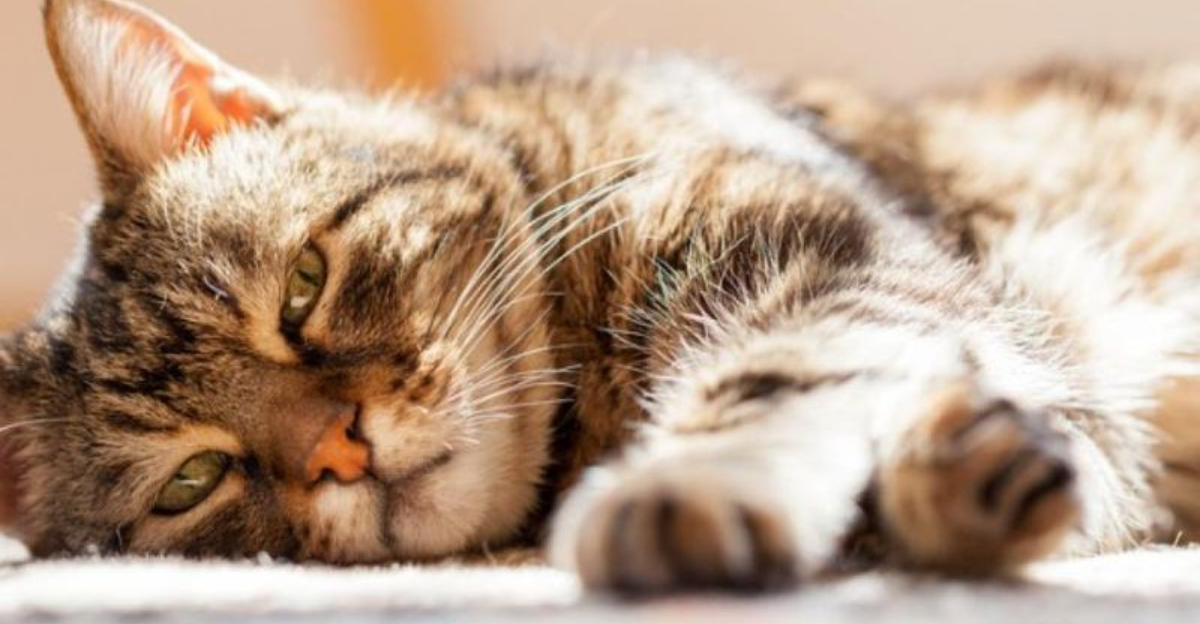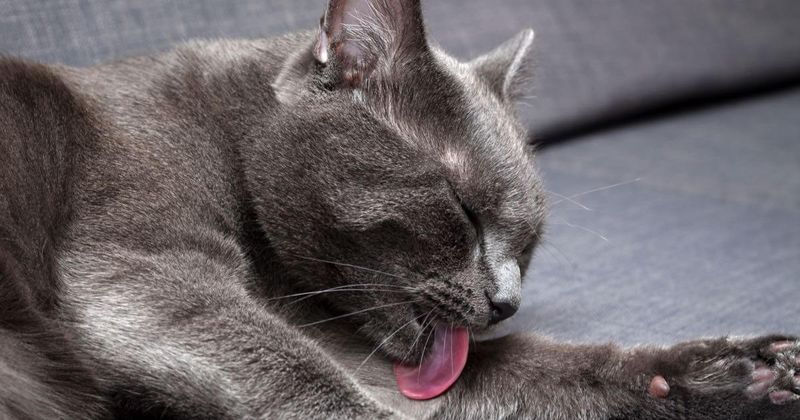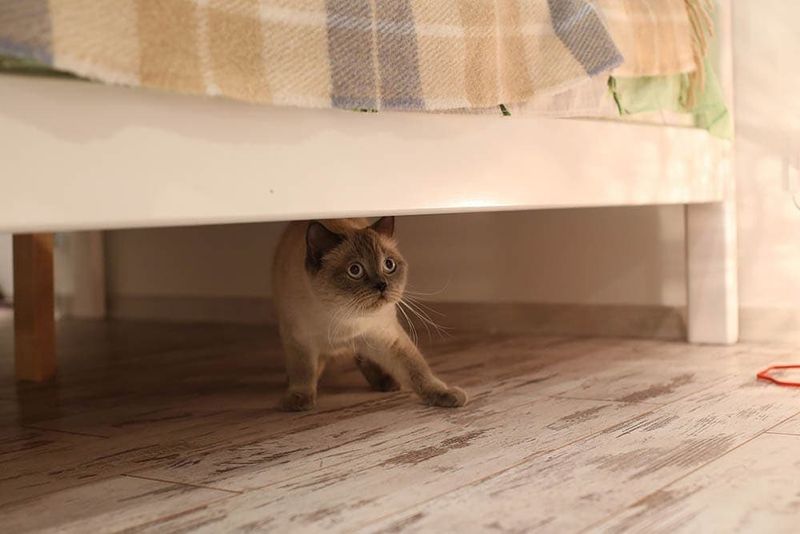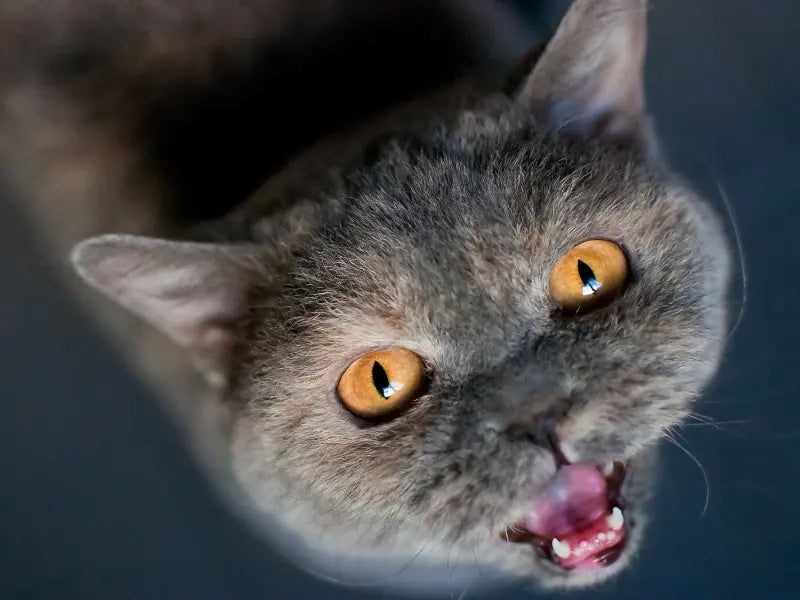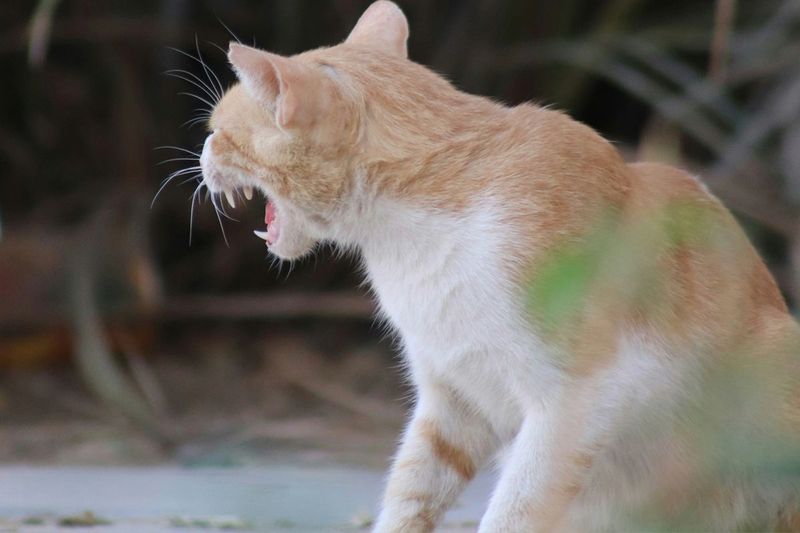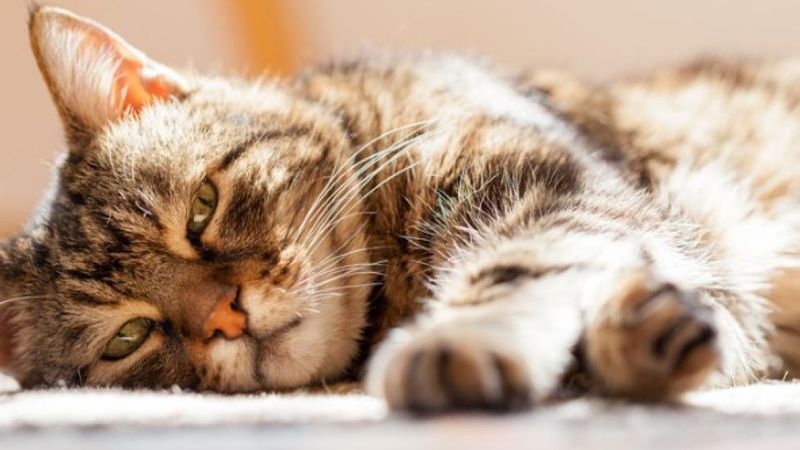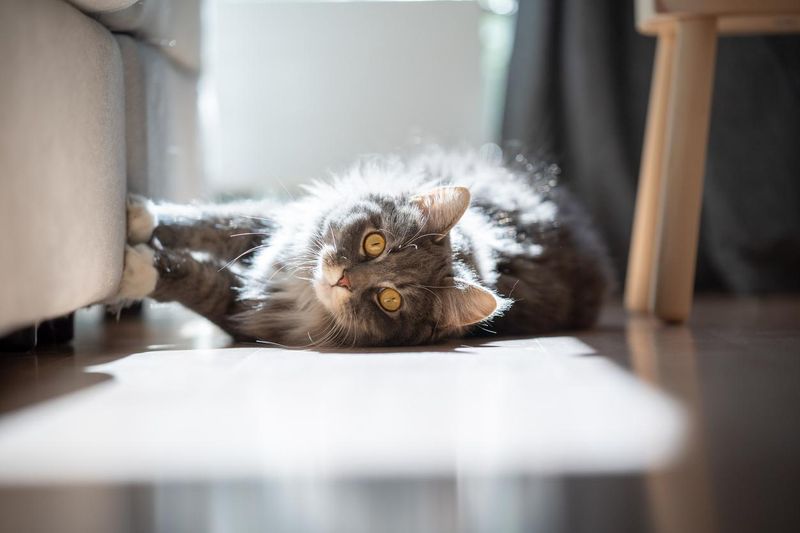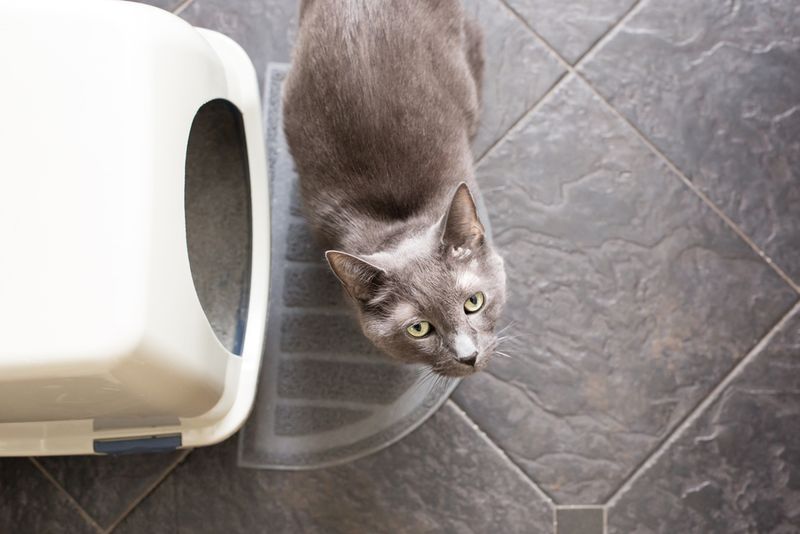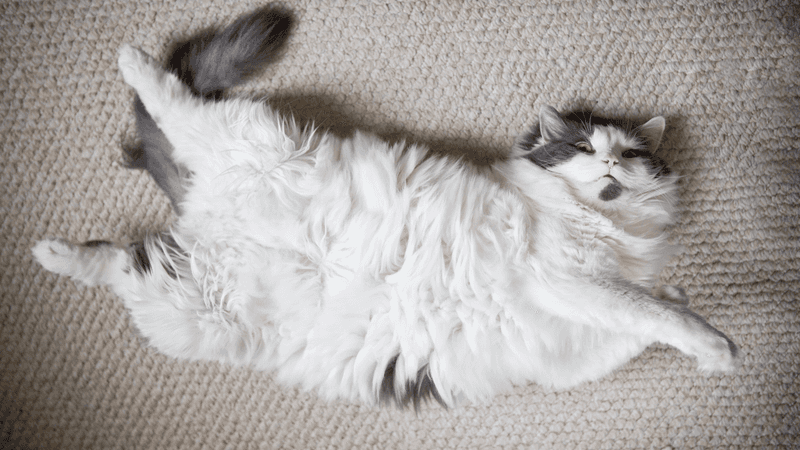📖 Table of Content:
Anxiety in cats is more common than it may seem, often manifesting in quiet, easily missed ways. Unlike humans, cats tend to hide their stress, making early detection a challenge. Their behavior may shift gradually, leaving important signals overlooked.
Some signs may appear as simple quirks or changes in routine. Others might mimic normal feline habits, masking deeper emotional distress. These small changes, however, can point to a larger issue affecting the cat’s mental health.
Recognizing these hidden signs can lead to better care and a more comfortable environment. Addressing anxiety early helps reduce long-term stress and its effects on both behavior and health. Awareness is the first step in supporting a cat’s emotional balance.
1. Excessive Grooming
When grooming turns into an obsession, it might be more than just cleanliness. Cats may spend hours licking themselves, resulting in bald patches. This behavior can escalate with stress, such as changes in the environment. Such meticulous grooming is a common sign of anxiety.
Unexpectedly, cats may even groom other pets excessively. They might turn their attention to fellow furry companions, licking them repeatedly. This might seem like affection, but it often indicates their inner turmoil.
Getting to the root cause can help alleviate their stress. Observing closely and consulting a vet are essential steps.
2. Hiding Constantly
A cat’s love for hiding is not just about play. When a cat spends more time under the bed than outside, anxiety could be the culprit.
Hiding is a natural defense mechanism cats use to protect themselves. However, when they remain secluded for long periods, it might be due to fear or stress. New visitors or loud noises can intensify this behavior.
To help them feel secure, providing safe spaces and gradual exposure to stressors can ease their hidden anxieties. Understanding their behavior is key to providing comfort.
3. Increased Vocalization
A chatty cat is delightful, but excessive vocalization can signal anxiety. If your feline friend suddenly starts yowling or meowing more than usual, take note. This vocal expression can be an outlet for their stress or discomfort.
Changes in their environment often trigger increased vocalization. A new pet, moving homes, or even rearranging furniture can upset them.
By listening to their cues and making their environment more predictable, you can help reduce their stress levels. It’s a dialogue of sorts, where you listen and respond.
4. Aggression Towards Humans or Pets
Sometimes, love bites aren’t just playful. Increased aggression can be a sign of an underlying issue. When cats lash out unexpectedly, anxiety might be the hidden factor. This behavior could stem from various stressors, from changes in routine to the introduction of new pets.
Observing their trigger points can aid in alleviating their stress. Ensuring a consistent environment with familiar scents can create a calming effect.
It’s a reminder that sometimes, beneath a hiss or swipe, lies a nervous little heart needing reassurance.
5. Loss of Appetite
A sudden disinterest in food isn’t just a diet choice. When cats turn away from their meals, it might be their way of signaling anxiety. Their appetites can dwindle due to changes in their environment or routines.
A new pet, a move, or even a change in their feeding schedule can throw them off balance. This loss of appetite can have health implications if not addressed quickly.
Providing a quiet feeding area and maintaining consistent feeding times can help them regain their appetite and ease their worries.
6. Scratching Furniture Excessively
Cats scratch to mark their territory, but excessive scratching can be a sign of distress. When their claws find furniture more often, it might be due to anxiety. This behavior often escalates with changes in their environment or routine.
Scratching can be their way of seeking comfort or asserting control in stressful situations. Offering scratching posts and interactive toys can redirect their energy positively.
By understanding their needs and providing alternatives, you can help lessen their furniture-focused frustrations.
7. Avoiding Litter Box
A sudden aversion to the litter box isn’t just about being picky. When cats start avoiding their litter box, anxiety might be the root cause. Changes in their environment, such as new household members or rearranged furniture, can make them uneasy.
This behavior often signifies a deeper discomfort in their surroundings. Providing a clean, quiet space for their litter box can help ease their stress.
Ensuring they feel secure and minimizing changes can encourage them to return to their usual routine.
8. Overeating or Obesity
An overindulgent cat might be seeking comfort in food. Overeating can be a sign of anxiety, where cats find solace in extra meals. This behavior can lead to obesity if not managed. The underlying cause often involves stress from environmental changes or a lack of stimulation.
Providing interactive feeding toys and maintaining regular exercise can help manage their weight. It’s crucial to monitor their eating habits and address any sudden changes.
Understanding their emotional needs can help them lead a healthier, happier life.
